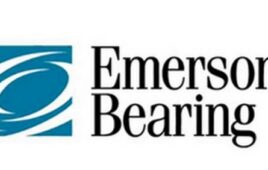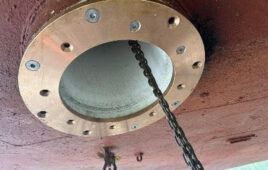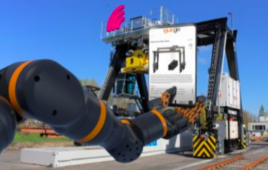 Montgomery, IL-based bearing manufacturer, Aurora Bearing Company prefers to do a few things only, but do them well. We caught up with Aurora’s Vice President of industrial sales, Scot Schroeder, to learn more about the company’s specialties and some industry trends.
Montgomery, IL-based bearing manufacturer, Aurora Bearing Company prefers to do a few things only, but do them well. We caught up with Aurora’s Vice President of industrial sales, Scot Schroeder, to learn more about the company’s specialties and some industry trends.
Bearing Tips: Can you tell us about Aurora Bearing?
Scot Schroeder: “We were founded in 1971 and incorporated in ’72; we started out making rod ends and spherical bearings, and to this day, it’s all we make. But we do have many bearings in several different steels, from mild steel, 2 piece, alloy steel, stainless steel, aluminum, and titanium. We have the aircraft MS qualifications, AS9100 approval and others.”
BT: What advances have you been seeing in bearing technology?
SS: “Most advances we see in bearing technology right now is in materials. More on the military side, but there’s some in industrial as far as platings, for example. The aircraft industry, they’re using aluminum, lighter weight materials like that. Of course, there’s also some interest in titanium there, lighter weight stuff, but that can also be very costly to manufacture. ”
BT: What industry has shown the greatest need for your products?
SS: “Racing specifically, from the Indy car, F1 type cars, down to your dirt racing. People are after quality products that will last. These products are used really anywhere there’s a misalignment from your steering, your tie-rods, the rear ends, where they need the flexibility to maneuver. For example: something breaks and then you don’t have any steering left in your car. We’ve had people that have bought and used our product in a race car for six or seven years and it’s still working today. So racing is a big part. However, construction equipment, packaging equipment, and just about anywhere where there’s a need for articulation, or what we call, motion transfer there is also a need.”
BT: What’s new and next?
SS: ” We have a CD that has the CAD/CAM drawings, so an engineer can design his product, put it into his design, and have it work. It’s the only product that we make, the rod end spherical bearings. We have a 1 piece steel race construction, as opposed to a brass or bronze type, which was stronger part. The other thing that we have is a mill spent qualified race. It’s not always used in the industrial side of it, but that technology is used to install the Teflon liner.
Aurora Bearing
www.aurorabearing.com
The post Bearing materials trends appeared first on Bearing Tips.
Filed Under: Bearing Tips




